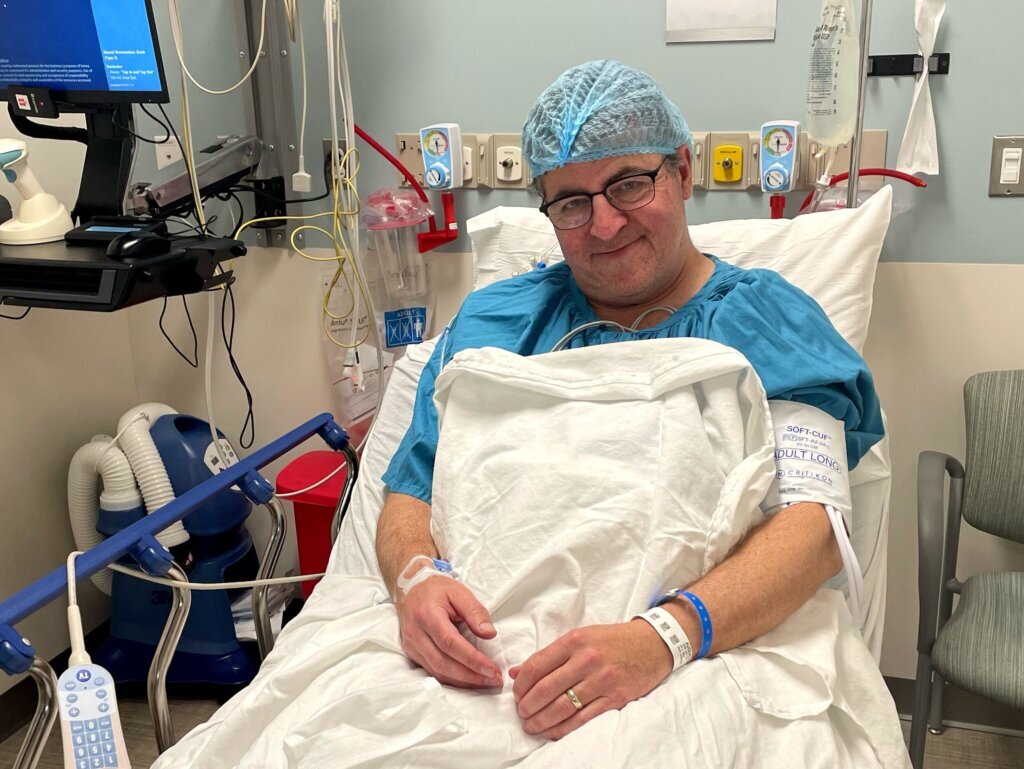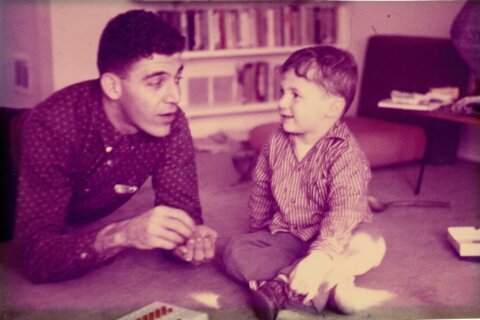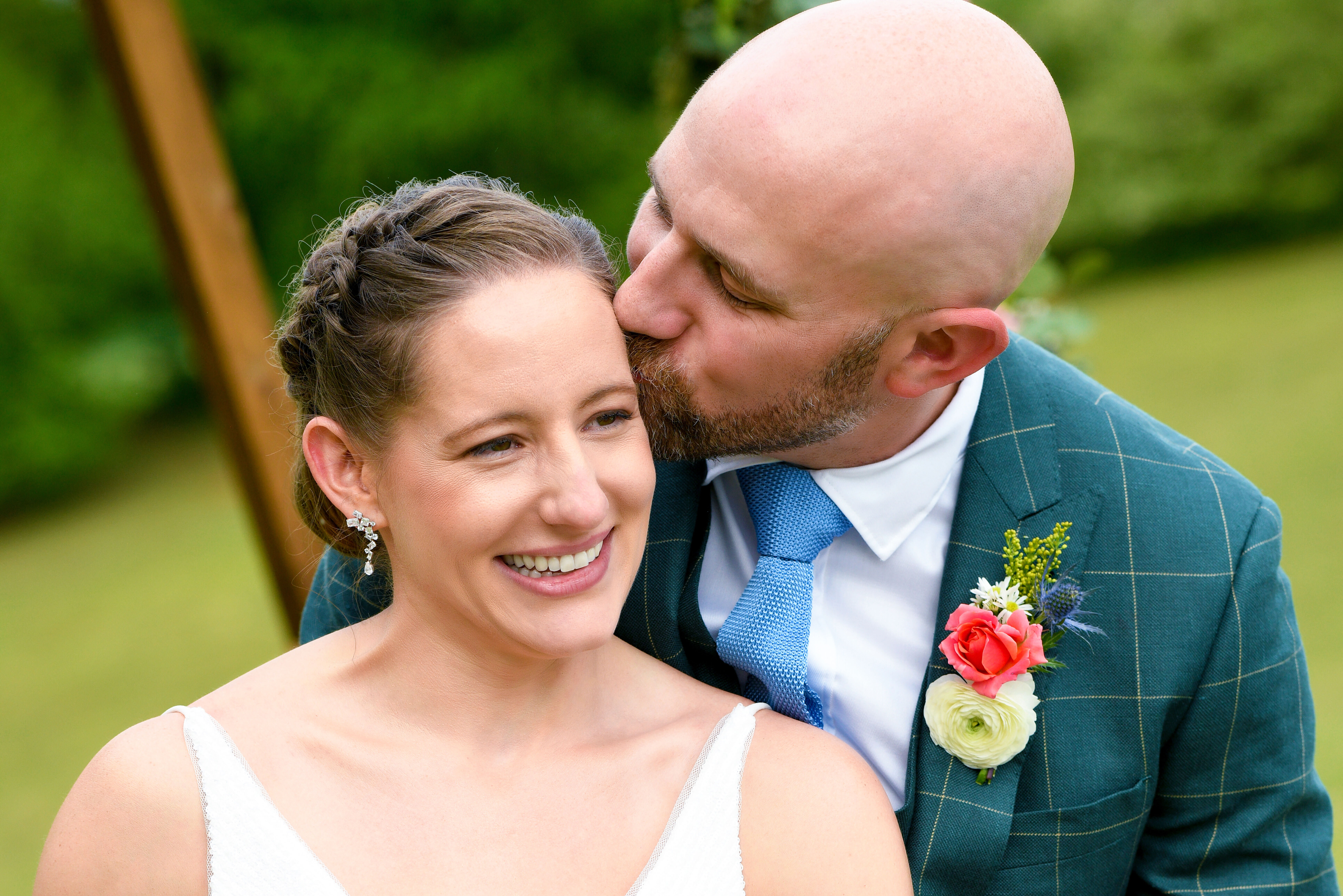
The biopsy results are pending, but it appears the one-pill-a-day targeted therapy I’ve taken since December has cleared all but the tiniest remnants of my stage 4 lung cancer — and I may be able to have surgery, which can go a long way toward preventing my cancer from coming back.
On Thursday, I had what’s called a restaging bronchoscopy, at Inova Schar Cancer Institute in Fairfax, Virginia, where my wonderful treatment team is based. It showed that four months after starting targeted therapy, almost all visible cancer has been resolved in both my lungs.
In November, when I was diagnosed with EGFR-mutated lung cancer, I had adenocarcinoma in my left lung. With follow-up tests in the hospital, I learned it had spread to include lesions and lymph nodes in both lungs, and a cancerous lymph node in the center of my chest.
When it spreads like that, it’s called metastatic cancer. And when that’s the case, surgery isn’t considered an option, because it wouldn’t make sense to remove a tumor if active cancer is present in another organ.
While chemotherapy, radiation and immunotherapy are far improved over where they were just a few years ago, for stage 4 lung cancer, targeted therapy can really zoom in on a specific cancer, with far fewer side effects.
Here’s how that works: After a biopsy showed I had lung cancer, it went through what’s called biomarker testing to help focus on my DNA and the changes that led to uncontrolled cell growth, which is what cancer is.
The biomarker testing showed I have EGFR exon 19 deletion. For that particular mutation, there’s a drug called osimertinib, with a brand name of Tagrisso, which “turns off” the signals that tell my cancer cells to grow and divide.
My first post-diagnosis CT scan, and a follow-up PET scan showed the Tagrisso had shrunk the tumors. Thursday’s bronchoscopy, to do a close look and biopsy at my lymph nodes, was scheduled with an interventional pulmonologist I remembered well — after my initial bronchoscopy and biopsy in November. He gently informed me and my wife that I likely had cancer.
After Thursday’s bronchoscopy, while waiting for biopsy results to confirm, it looks like once-cancerous lymph nodes and secondary lesions are gone — and all that’s left is my now-shrunk-to-almost-nothing original tumor, which is no longer active.
My amazing, comforting oncologist, who I see every month, told me last month that if the CT scans and PET scans came back normal, surgery might be back on the table. The reason that’s important, is that physically removing the original tumor from the body can go a long way toward making sure cancer doesn’t recur.
Most patients who are diagnosed with stage 4 cancer learn that it can’t be cured, although it can be treated successfully, and patients can resume their life, with few restrictions.
Personally, as a 63-year-old guy, relatively healthy, with a wonderful wife and two teenage children, the notion of “there is no cure,” is depressing, and a bitter pill to swallow.
Nobody ever wants to be diagnosed with cancer. However, with the recent new treatments and ongoing clinical trials, there are so many more plans A, B, and C that oncologists can discuss with patients.
And for stage 4 EGFR-mutated lung cancer, surgery combined with Tagrisso is considered the standard of care.
The way I figure, if I can have surgery, continue taking targeted therapies, and live another 40 years feeling healthy, that sounds pretty good to me.
Love to you all.








